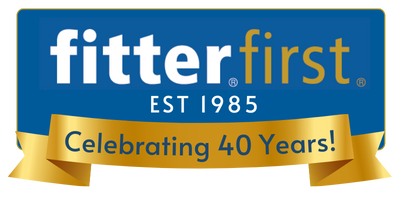⭐ Trusted by top athletes from LIV Golf, NBA, CFL, NFL & Alpine Canada ⭐
⭐ Trusted by top athletes from LIV Golf, NBA, CFL, NFL & Alpine Canada ⭐
Shop
Proprioception
May 31, 2002 1 min read

Proprioception, the body’s ability to react appropriately to external forces, is the keystone to a functional rehabilitation program. Its importance was postulated as early as 1917; however, in this “high-tech” age is has fallen by the wayside. When a joint is injured, there is a decrease in mechanoreceptor function and proprioceptive feedback to the brain. This deficit inhibits properly coordinated muscular effort and results in an altered perception of body-space relation. Without reestablishing proprioception, the other components of the rehabilitation program (flexibility, strength, and endurance) cannot be orchestrated in the goal of the athlete’s return to participation. This may result in chronic problems.
Lower extremity deficits in proprioception are easily determined by using static and dynamic balance. Some clinicians recommend having the athlete stand single-legged or hop in place, or both, while others use a mini-tramp and watch for loss of balance or compensatory shoulder motion.
Proprioception exercises should begin early in the rehabilitation process. They are designed to restore the kinesthetic awareness of the athlete and to form the basis for the coordination, agility, strength and endurance required for return to participation. Their performance is simple, and they place minimal stress on healing tissues. Early implementation of proprioceptive work enhances the development of muscular strength and endurance, since the athlete gains better control by performing these exercises.
Subscribe
Sign up to get the latest on sales, new releases and more …
